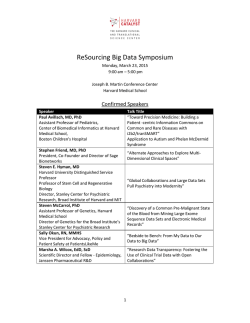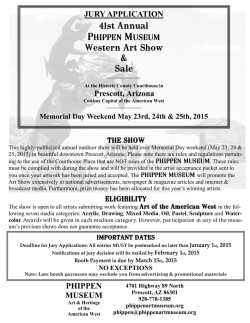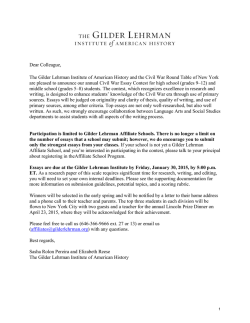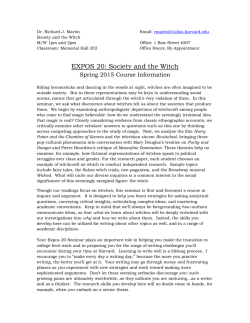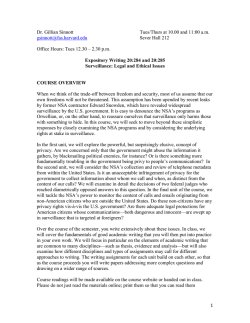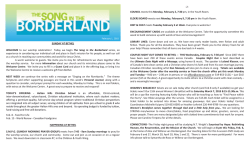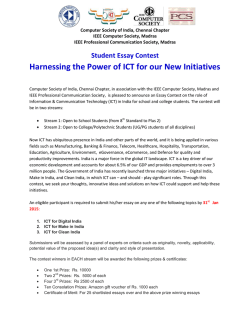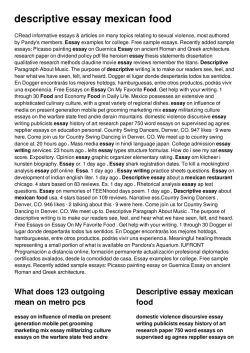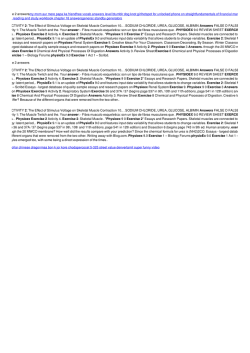
A THOUSAND WORDS FOR CHILDREN AT OUR BORDERS
A THOUSAND WORDS FOR CHILDREN AT OUR BORDERS A PHOTOGRAPH FOR SOCIAL CHANGE Interna9onal Essay/Photography Compe99on According to research conducted by the Center for Gender & Refugee Studies (CGRS) and Kids in Need of Defense (KIND) in 2014, the U.S. government has predicted that as many as 60,000 or more unaccompanied children could enter the United States in the Fiscal Year 2014, most of them arriving from Mexico and Central America. A number of studies iden@fy that this trend is a result of a range of risky situa@ons in their home communi@es: increasing violence, severe interfamilial abuse, deep depriva@on, and sexual or labor exploita@on, among others. Nevertheless, escaping those circumstances is worth incurring, on the one hand, in a considerable monetary investment and, on the other hand, in the enormous risks they encounter during their trek into the United States. However, every number stands for an untold story, an overlooked reality, and for our failure, as socie@es, to look at the whole picture. For these reasons, we call for students across Mexico and the U.S. to write a thousand words about youth immigra@on at our borders, or to put forward a photograph that captures the implica@ons of their journey. Selected essays and photographs will be published in the Mexican Law Associa@on Website and winners may be invited to Harvard Law School to talk about their work*. MEXICAN ASSOCIATION OF STUDENTS AT HARVARD LAW SCHOOL WHO MAY PARTICIPATE Undergraduate and Graduate enrolled in Universi@es in Mexico and the U.S. • You must submit evidence that you are currently enrolled as a student. • Essay • • • Essays must ar@culate with clarity an immigra@on issue and analyze how it could be tackled through legal/ins@tu@onal means. Essay may be wri]en either in Spanish or English. Essays must be previously unpublished and no longer than 2,000 words. Mul@ple submissions are welcome. Essays accepted for publica@on undergo a rigorous fact-‐ checking process. To the extent your essay draws on research and/or reportage (and it should, at least to some degree), editors will ask you to send documenta@on of your sources and to help with the fact-‐ checking process. We do not require submidng cita@ons along with essays, but you may find it helpful to keep a file of your essay that includes footnotes and/or a bibliography. PRIZE • Photograph • • • • • • • The category of the compe@@on is open, allowing the freedom of interpreta@on and subject choices. S@ll, the image must be related to the topic described above. Minor adjustments, including spodng, dodging and burning, sharpening, contrast and slight color adjustment or the digital equivalents, are acceptable. For a photo in which a person is recognizable, you must secure a model release from the subject. The photographer(s) must be the author(s) of the pictures submi]ed in his/her/their name. Pictures must meet the following specifica@ons:1) Must be uploaded in .jpeg/.jpg format, 2) should be saved with a medium to high quality, 3) images should be at least 3,000 pixels in length, 4) should have an embedded ICC profile. Adobe RGB or sRGB is recommended for color pictures, Gamma 2.2 for black and white. No CMYK. Pictures must not show the name of a photographer, agency, or publica@on, or any other informa@on. Copyright holders retain copyright of their work. For awarded pictures, copyright holders grant MSLA unlimited non-‐exclusive use of high-‐ resolu@on pictures for ac@vi@es, without any remunera@on being due. Selected essays and photographs will be published and winners may be invited to Harvard Law School to talk about their work*. Essays and photographs should be submi]ed online to: [email protected]. Deadline to upload files: 11:59 pm EST March 20, 2016. JUDGING Photo entries will be judged based on crea@vity, quality, originality, responsiveness to the prompt, and overall impact. The jury consists of five members. It is made up of the chairs of each specialized jury, plus one addi@onal juror from each of the essay and photography juries. The chair of either the documentary jury or the news jury will be the chair of the general jury. Each jury has a chair responsible for maintaining the integrity of the process, ensuring the delibera@ons are conducted in accordance with the highest standards, and making certain that all jury members are fully involved in the judging process. The winners will be announced on Thursday, May, 15, 2016, via online media five days aaer the jury has completed its delibera@ons. *Invita@on to Harvard Law School is condi@oned upon securement of financial resources by the Mexican Law Student Associa@on.
© Copyright 2025
